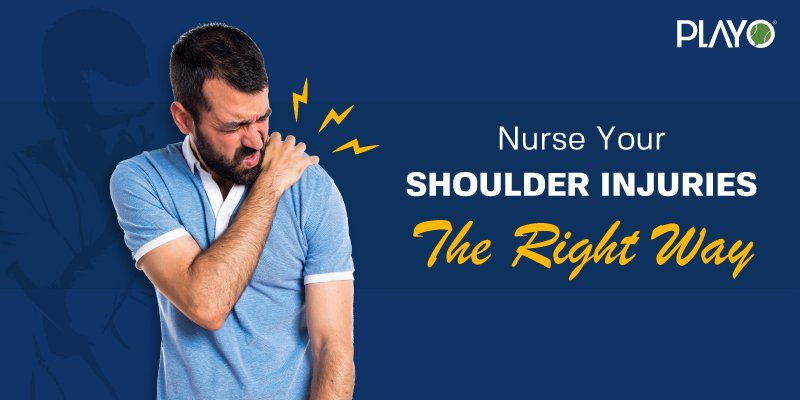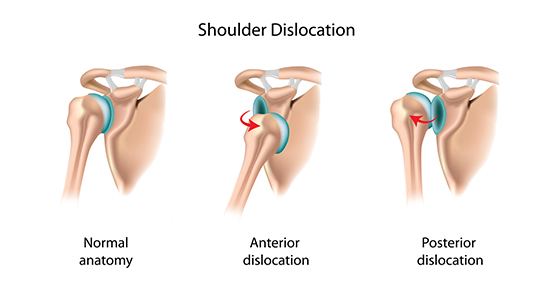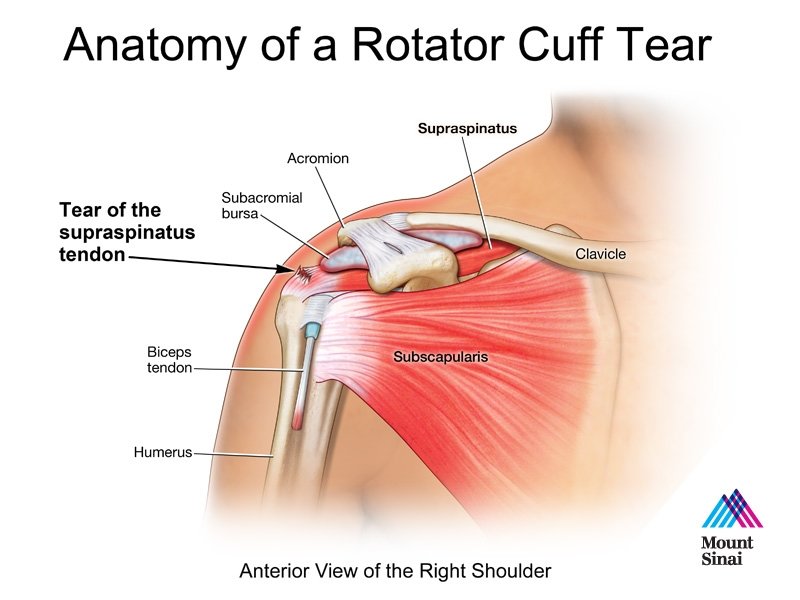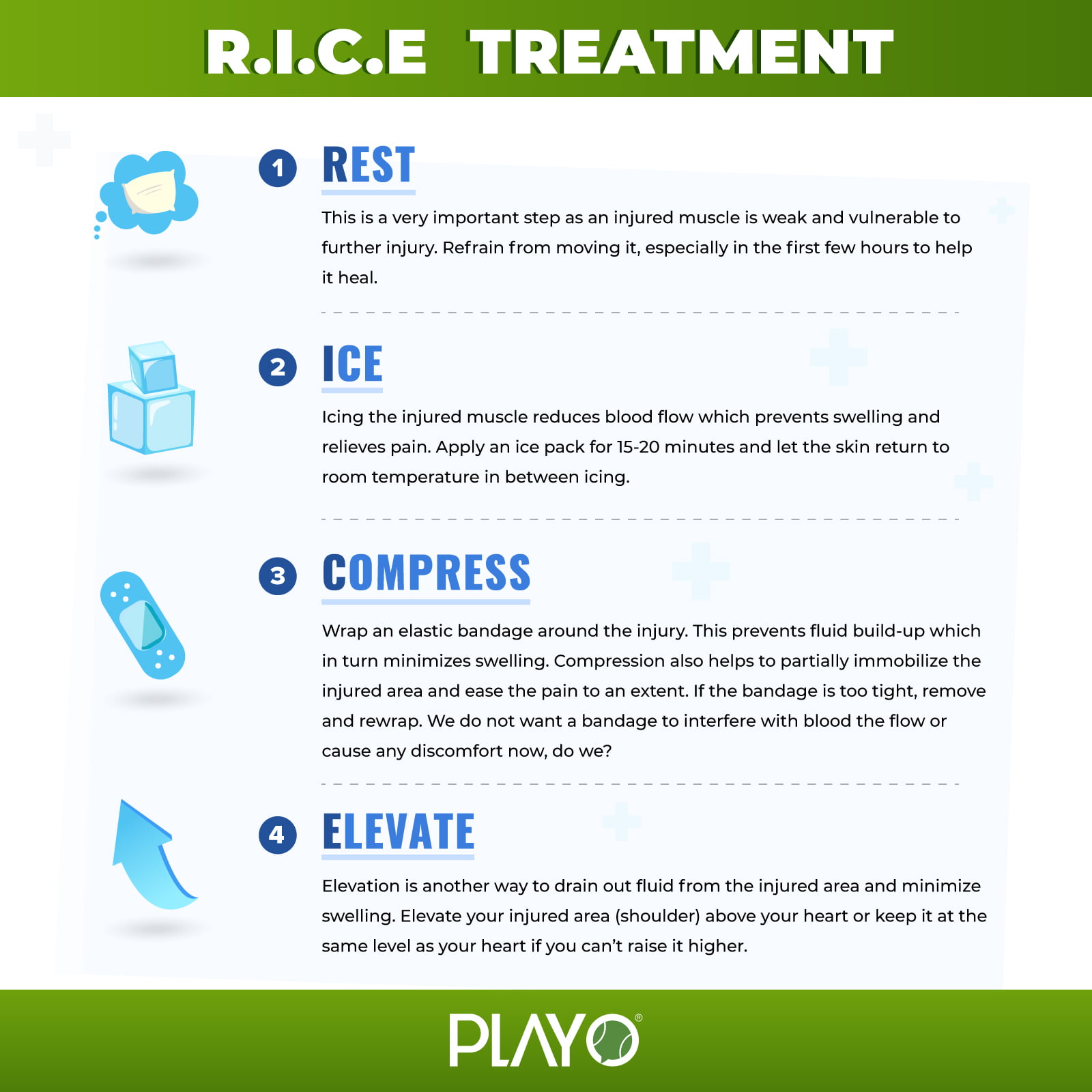The shoulder is one of the most mobile joints in the human body and it is essential to know about the most common shoulder injuries, understand their causes, and then consider the various options for its treatment.
Shoulder joints are one of the most essential joints in our body. If they are injured, then medication is extremely important.
A shoulder injury/pain could lead to severe inhibitions in performing your day-to-day activities and playing a sport.
Athletes are especially susceptible to shoulder problems due to repetitive and intensive training activities such as swimming, tennis, and weightlifting.
Everyday activities such as washing, painting or even something as plain as sleeping in the wrong posture for too long could lead to a shoulder injury.
Today, we will look at the most common shoulder injuries and how to treat them.
Injuries
Any pain experienced from the cervical spine (neck) to your arms could be due to a shoulder injury.
The injury involves the muscles, ligaments, and tendons, rather than the bones. Any excessive, repetitive overhead arm-motion can lead to a shoulder injury.
-
Shoulder Impingement/Rotator Cuff Tendonitis:
An impingement is caused due to an inflamed shoulder muscle rubbing against the top part of the shoulder blade, called the acromion.
As a result of this inflammation, there is a pinching sensation in the shoulder while trying to raise the arm forward, laterally or overhead.
Causes:
Exercises performed with excessive force and incorrect form which puts unnecessary pressure on the shoulders, sleeping in the wrong posture, heavy weight lifting, strenuous sports activity like swimming, tennis etc.
2. Dislocated Shoulder/ Shoulder Instability:
A dislocation occurs when one of the shoulder joints moves out of its normal location.
A dislocated shoulder injury may result in a tingling sensation from the neck and down to the arm, numbness, weakness, intense pain and inability to move the joint.
Causes:
The common causes of this injury are similar to that of a shoulder impingement. This can also be caused due to weak rotator cuff muscles that play a pivotal role in keeping joints in place.
3. Rotator Cuff Tear:
The rotator cuff muscles are a group of muscles that, along with their tendons, stabilize, control and move the shoulder. A tear in the rotator cuff tendons leads to this injury.
One might feel a dull ache deep in the shoulder and weakness in the arm which causes difficulty in its movements.
Causes:
Athletes who perform repetitive arm motions are susceptible to this injury.
For example, baseball pitchers, archers, tennis players etc. People above the age of 40 are more likely to get this injury.
People who perform repetitive overhead arm motions like construction workers and wall painters etc. are also at risk of a rotator cuff tear.
Treatment
Now that we know what the most common shoulder injuries are, let’s talk about the various ways in which you could treat them:
-
R.I.C.E
Almost immediately after an injury you may experience swelling and bruising apart from the immediate sharp pain. It might be difficult to use the shoulder normally for the first few hours.
R- Rest
I- Ice
C- Compress
E- Elevate
This is the most common method used by many sports trainers and athletes to treat minor muscle injuries.
- Rest: This is a very important step as an injured muscle is weak and vulnerable to further injury. Refrain from moving it, especially in the first few hours to help it heal.
- Ice: Icing the injured muscle reduces blood flow which prevents swelling and relieves pain. Apply an ice pack for 15-20 minutes and let the skin return to room temperature in between icing.
- Compress: Wrap an elastic bandage around the injury. This prevents fluid build-up which in turn minimizes swelling. Compression also helps to partially immobilize the injured area and ease the pain to an extent. If the bandage is too tight, remove and rewrap. We do not want a bandage to interfere with blood the flow or cause any discomfort now, do we?
- Elevate: Elevation is another way to drain out fluid from the injured area and minimize swelling. Elevate your injured area (shoulder) above your heart or keep it at the same level as your heart if you can’t raise it higher.
Conclusion:
Remember, prevention is always better than cure. Don’t overexert the shoulder muscles or put unnecessary pressure on them. Trying to move your shoulders unnaturally while training them or playing a sport can be detrimental and should be avoided. It is wise to know how to cure an injured shoulder and wiser to prevent it.









0 Comments